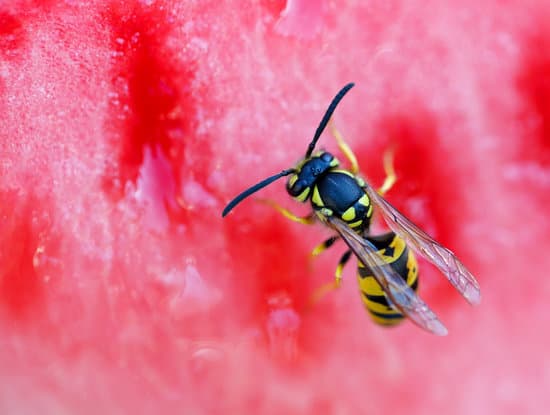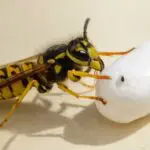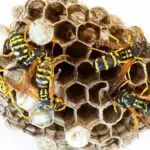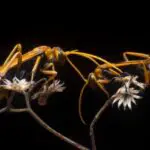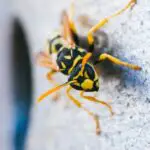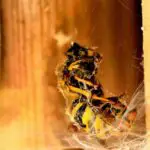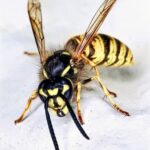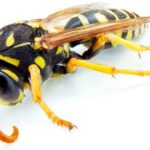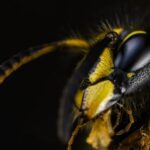Identifying What Wasps Are Native to Australia
Identifying what wasps are native to Australia can be challenging. The main problem is that they are often mistaken for European wasps, which are not native to Australia. However, there are many ways to distinguish between the two. Firstly, you should know the differences between solitary and semi-solitary wasps. Solitary wasps are self-sufficient, while semi-solitary wasps share a nest with another female.
Some of the native Australian wasp species are solitary. They live in burrows underground and are unlikely to sting unless you are provoked. Another way to identify which wasps are native to Australia is by looking at their nest design. Some are quite simple, while others are very elaborate.
There are two types of paper wasps, the Rhopalidia and the Polistes. The Rhopalidia genera build nests that are up to a metre long and wide. These are built from mud, resin, and wood fibres. Some wereps make their nests from resin and paper, while others make nests from wood shavings.
Some of the native Australian wasps feed on nectar. Others scavenge for dead insects and small debris. They also help with the reproduction of figs. Some wasps are parasitic, meaning they lay eggs on other insects.
There are a number of different species of parasitic wasps in Australia. They are extremely important in controlling pests on plants. Some parasitic wasps can be as small as 0.15 mm, while others can be 120 mm long.
Some parasitic wasps build nests in holes in timber and other structures. Other wasps create elaborate clay mounds.
